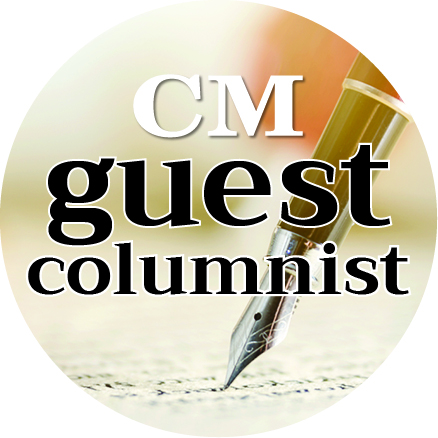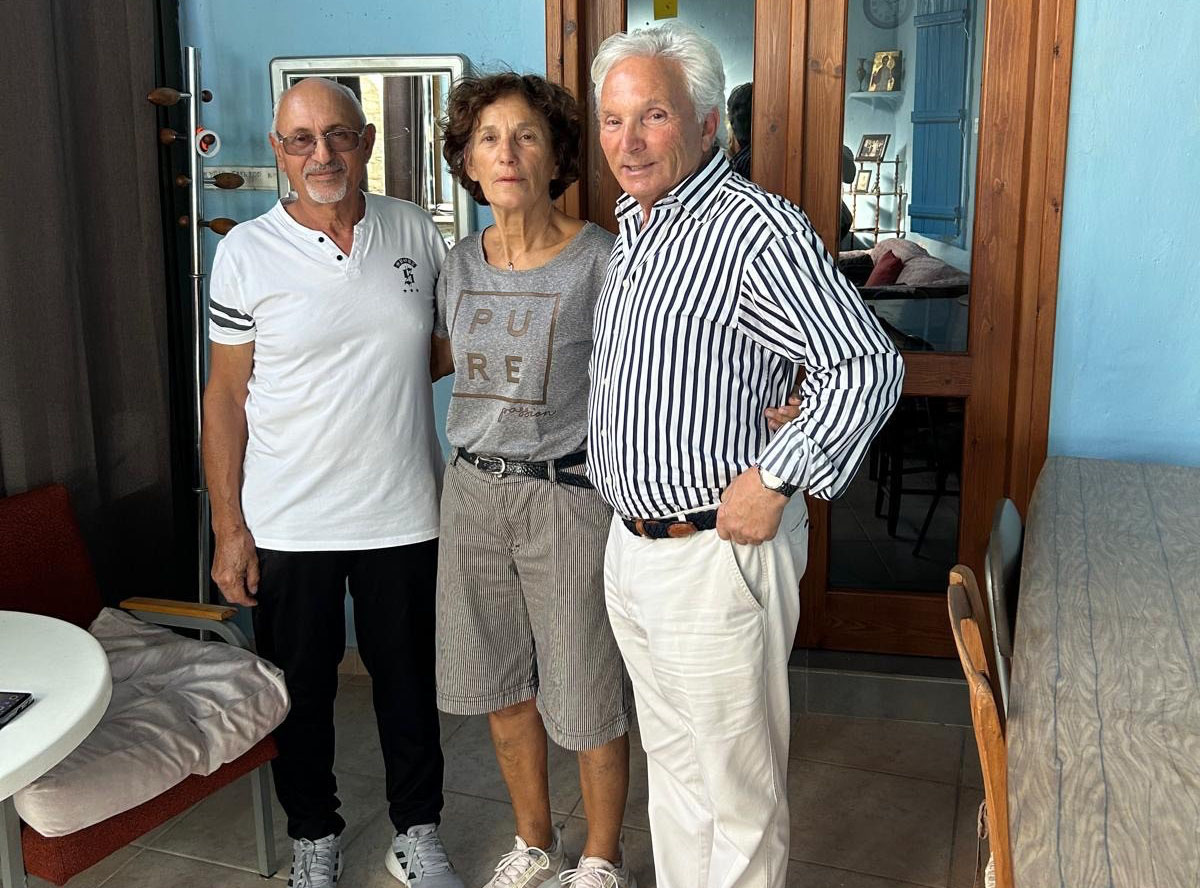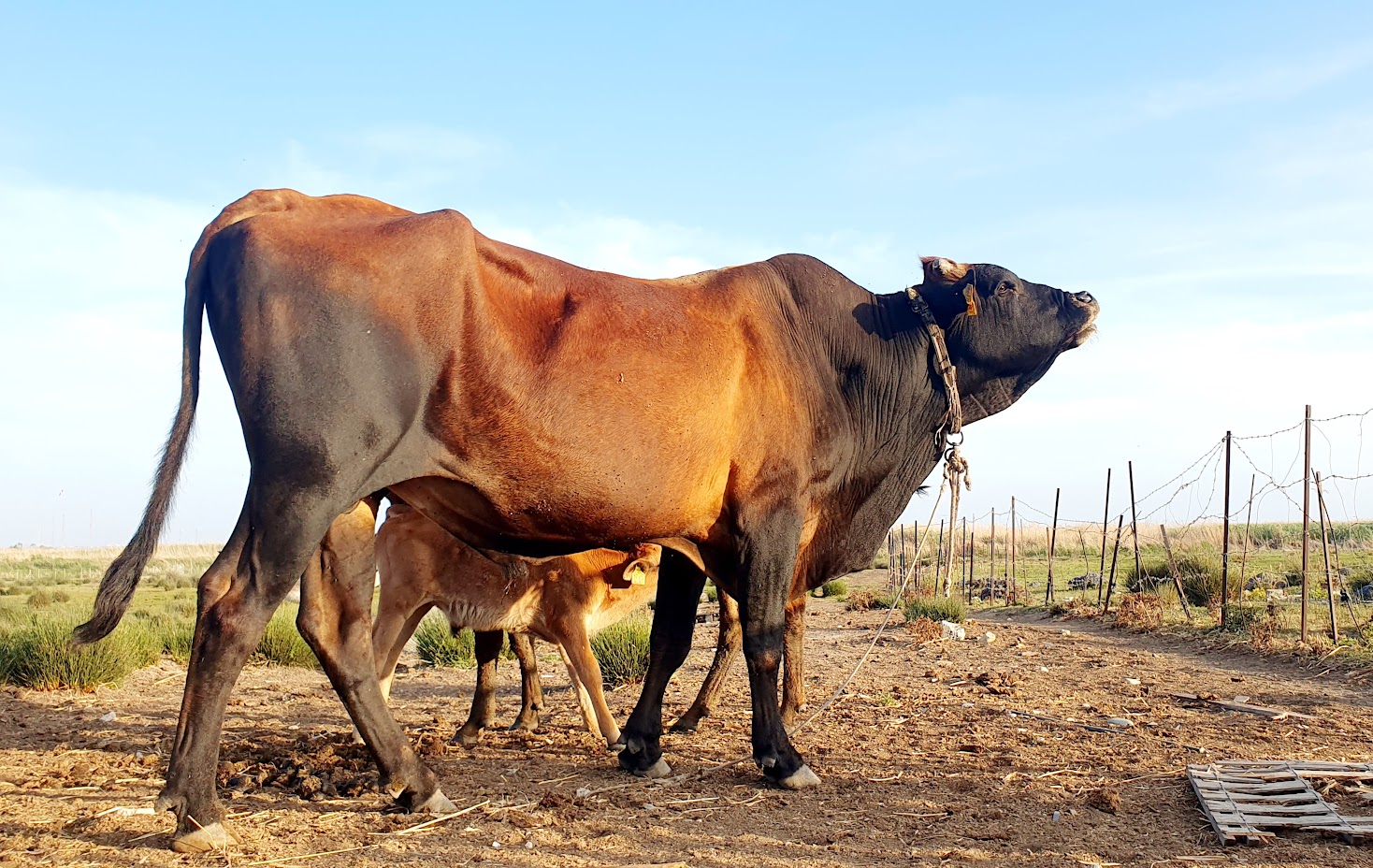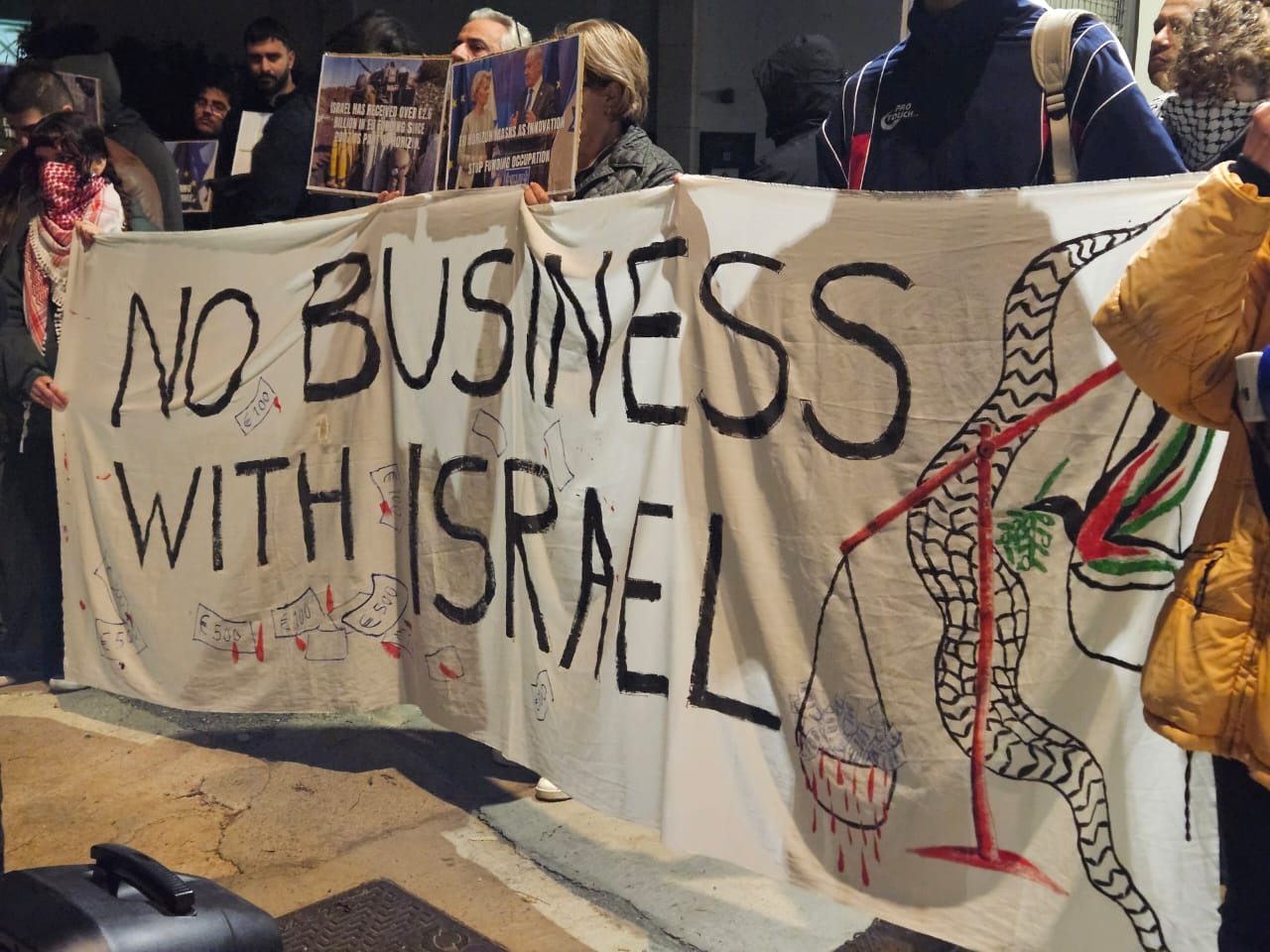The state must act as a fiduciary of power, not as a censor
By Tomaz Lovsin
Across the EU, policymakers and regulators are drifting toward tighter control of expression.
This article makes the legal and philosophical case – rooted in a limited-government, libertarian perspective – that the state must be strong enough to secure rights but too limited to curate truth. The social contract is the starting point: individuals delegate a portion of their natural sovereignty so that the state can provide security, courts, infrastructure and predictable laws. In return, the state owes restraint. It must act as a fiduciary of power, not as a censor.
When governments claim authority to filter or pre-interpret ideas for the public, they reclaim sovereign judgement that citizens only conditionally ceded. A healthy democracy presumes citizens can encounter contested ideas and form conclusions without administrative guidance. The alternative is a state-favoured narrative that atrophies the civic muscle of discernment – precisely the outcome President Dwight Eisenhower warned against in urging an “alert and knowledgeable citizenry”.
Two legal architectures of free speech
Modern democracies define free expression in two contrasting ways. In Europe, the lodestars are Article 10 of the European Convention on Human Rights (ECHR) and Article 11 of the EU Charter of Fundamental Rights. Both secure the right to hold opinions and to “receive and impart information and ideas”, but both immediately enumerate grounds for restriction: public safety, prevention of disorder or crime, protection of reputation or the rights of others, national security, and similar aims.
From its earliest decisions, the European Court of Human Rights (ECtHR) has insisted that freedom of expression protects speech that may “offend, shock, or disturb”. Yet the same case law embraces a proportionality framework that invites states to justify restrictions as “necessary in a democratic society”. This two-step – broad promise, calibrated limits – defines European speech law.
Once proportionality becomes the engine of analysis, outcomes hinge on what judges and governments weigh in the balance. Sometimes the ECtHR protects tough reporting – Jersild v. Denmark shielded a journalist who aired racist remarks to inform a public debate. Often, however, the court narrows the field, particularly in hate-speech contexts. Article 17 ECHR – the “abuse of rights” clause – allows judges to exclude certain expression from protection altogether, a tool used in Holocaust-denial cases and other extreme instances. As a result, people in Europe can be punished for denigrating protected groups even without any call to violence (Vejdeland v. Sweden), or for statements about religion deemed needlessly inflammatory to “religious peace” (E.S. v. Austria). To be sure, Europe is not monolithic: the Grand Chamber’s Perinçek v. Switzerland demonstrates that context and intent still matter. But the gravitational pull of proportionality and the “margin of appreciation” is clear: many states criminalise categories of expression that would be constitutionally protected in the United States.
The American constitutional tradition runs in the opposite direction. The First Amendment lacks an explicit limitations clause, and the Supreme Court has avoided creating new, free-floating categories of unprotected speech. The modern standard arose in Brandenburg v. Ohio (1969) – a Ku Klux Klan rally case – which holds that advocacy of violence or lawbreaking is protected unless the speech is directed to inciting or producing imminent lawless action and is likely to produce such action. Later decisions reinforced this bright-line approach. R.A.V. v. St. Paul invalidated a hate-symbol ordinance as viewpoint discrimination even though it targeted “fighting words”. Virginia v. Black permits bans on true threats (e.g., cross-burning with intent to intimidate) but struck down a statute that presumed such intent from the act alone. The American core is constant: the state may punish threats, targeted harassment, or imminent incitement – but it may not silence odious viewpoints because they are odious.
These divergent architectures matter. Europe’s proportionality model appears sober and managerial, yet it shifts debate from bright-line protections to open-ended trade-offs. As more interests are weighed – dignity, equality, religious peace, public order – the list of justifications for restriction grows, as does the regulatory pressure on intermediaries. The result is a diffuse yet potent chilling effect: editors over-moderate; platforms suppress borderline content; citizens self-censor. The US model tolerates a higher level of social friction in exchange for clearer limits on state power, keeping government out of the business of deciding which ideas are too dangerous to hear unless a concrete line – imminent incitement or a true threat – is crossed.
The online turn: duties without doctrinal creep
The European approach has powerful consequences online. In Delfi AS v. Estonia, the ECtHR allowed liability for a news portal that failed to remove manifestly unlawful hate comments promptly; in Sanchez v. France, it upheld criminal fines for a politician who did not delete third-party hate speech on his Facebook page. EU legislation reinforces that posture: the 2008 Framework Decision obliges member states to criminalise certain racist or xenophobic conduct; audiovisual rules prohibit incitement in broadcasting; and the Digital Services Act (DSA) imposes due-diligence obligations – notice-and-action, transparency, and risk assessments – on platforms for illegal content. The Court of Justice of the EU has also accepted wide takedown orders, including for “equivalent” content and, in some circumstances, with cross-border reach (Glawischnig-Piesczek v. Facebook). In practice, Europe protects expression in the abstract while building a dense thicket of exceptions and compliance duties. The legal danger is not targeted, clearly defined illegality; it is the slide from such duties into a generalised power to curate truth.
When a narrative hardens (Amsterdam, November 2024)
Events surrounding Ajax–Maccabi Tel Aviv on November 7-8, 2024 in Amsterdam reveal how a one-sided narrative can consolidate even without formal censorship. Within hours, headlines around the world treated the unrest as a near-pogrom against Israelis; a single, widely shared clip of hooded men running down a street and striking passersby anchored early coverage. Yet the original filmer’s account and subsequent triangulation showed a more complex picture: at that place and time, the attackers included Maccabi supporters, some in the club’s blue-and-yellow, who beat a local Dutch man.
The originator, photographer Annet de Graaf, said she repeatedly told agencies and outlets what her footage depicted, but it continued to be packaged in ways that implied the opposite. Other footage by a teenage Dutch videographer (“Bender”) showed Maccabi ultras arming themselves and pursuing locals.
To be clear, this does not negate that Israeli supporters were attacked elsewhere that night – some with antisemitic rhetoric, with arrests and convictions following. It does demonstrate how one flagship clip, framed contrary to its own content, can harden a storyline that corrections struggle to dislodge.
You do not need a censorship statute to narrow a society’s epistemic horizon; institutional incentives and editorial “risk management” can do the job. When the state later leans on such tendencies – by pressure, guidance, or regulation – the loop closes: citizens receive conclusions rather than evidence. Eisenhower’s insistence on an “alert and knowledgeable citizenry” counsels the opposite: more access to primary material, not less; more room for contestation, not pre-interpreted certainty.
Cyprus: when “fake news” becomes a crime
Cyprus offers a live demonstration of why criminalising “misinformation” and “disinformation” is both unlawful and hazardous. In mid- to late-2024, the government advanced amendments to the Criminal Code to outlaw the “dissemination of fake news”, alongside proposed offences for “offensive” online speech and circulating “indecent” material – converting disputes traditionally handled by civil law or platform policy into crimes punishable by imprisonment. Domestic and international media-freedom groups warned that such provisions would chill reporting and debate. The justice ministry paused the bill for consultations in October 2024, yet the core idea – criminalising ill-defined falsity – remains in circulation.
Under Article 10 ECHR, restrictions on expression must be “prescribed by law”, pursue a legitimate aim, and be “necessary in a democratic society”. The ECtHR’s “quality of law” doctrine – articulated in The Sunday Times v. United Kingdom (No. 1) – requires that rules be accessible, clear and foreseeable in application. Terms such as “fake news”, “misinformation”, and “disinformation” fail legality and foreseeability unless defined with exacting precision. Otherwise, citizens cannot predict what is punishable, and officials enjoy broad discretion.
Even if Cyprus tightened definitions, criminalisation is presumptively disproportionate. The Grand Chamber in Cumpănă and Mazăre v. Romania emphasised the chilling effect of custodial penalties and urged states to prefer civil remedies where reputational or accuracy disputes are at stake. The court has also recognised that Article 10 protects speech whose truth is contested; bans on “false news” sit uneasily with democratic debate (Salov v. Ukraine, in the electoral context). On this record, a Cypriot “fake news” offence would likely fail Article 10 on legality, necessity and proportionality.
Nor do EU instruments support criminalisation. The DSA (Regulation 2022/2065) creates a procedural architecture – due diligence, notice-and-action, transparency and audit duties, statements of reasons, user redress – not a new EU-level speech crime. The European Media Freedom Act (Regulation 2024/1083) points the other way, entrenching editorial independence and protecting journalistic sources. It would be perverse to criminalise elastic notions of falsity while simultaneously weakening the very pluralism that corrects errors in the marketplace of ideas. Domestically, Cyprus Mail and professional associations warned that the bill risked jailing journalists for contested assessments; pausing consultation does not cure the constitutional defect so long as the legislative ambition remains “criminalising fake news”.
In legal terms, the path forward in Cyprus – and across the EU – is limited control: target clearly defined unlawful speech (incitement, true threats, direct criminal facilitation); rely on civil, not criminal, remedies for reputational harm; and maintain procedural checks on intermediary enforcement. Anything broader invites politicised prosecutions and self-censorship, especially when combined with police powers and custodial exposure. Philosophically, a criminalised “falsity” rule collapses the space where citizens test and revise beliefs and converts the state from referee into arbiter of truth – the opposite of the social contract’s premise.
A lawful, safer course: limited regulation
The deepest danger of speech control is not just that some opinions are silenced; it is that law becomes an instrument of viewpoint management. European human-rights law sets a higher bar. Article 10 ECHR and Article 11 of the Charter require precise laws, legitimate aims and strict necessity. Handyside v. United Kingdom and Sunday Times (No. 1) supply two pillars of European liberty: tolerance for disturbing expression and the “quality of law” requirement of clarity and foreseeability. Elastic offences – “fake news”, “misinformation,” et similia – collide with both pillars: they are vague ex ante and chilling ex post. Criminal sanctions for contested speech are rarely proportionate, a point the Grand Chamber underlined in Cumpănă and Mazăre. Salov warns against criminalising alleged falsity as such, because democratic discourse includes claims whose truth is disputed and must be tested publicly, not foreclosed by penal codes.
The digital jurisprudence does not authorise doctrinal creep. Delfi and Sanchez allow duties regarding clearly unlawful third-party content, on narrow facts; they do not license governments to declare whole swathes of opinion “illegal” and conscript platforms to erase them. Glawischnig-Piesczek permits targeted removal orders, including for identical and sometimes “equivalent” content, but only after a prior, specific illegality finding – not as a roving mandate to police narratives. EU legislation points in the same direction: the DSA’s guardrails and the EMFA’s protections are premised on procedural accountability and media pluralism, not on criminalising ideas.
Guardrails, not gags
The constitutional design of the European system was never meant to create a ministry of truth. It was built to contain power. A regime of expansive control over expression – anchored in vague offences, enforced by criminal penalties, and operationalised through platform deputisation – cannot be squared with the ECHR’s legality, necessity and proportionality requirements or with the Charter’s guarantees of media freedom and pluralism. The safer, lawful path is to keep the bright lines bright: punish incitement to imminent lawless action, true threats and direct criminal facilitation; resolve reputational disputes civilly; and insist that any platform enforcement be transparent, contestable, and narrowly tied to clearly defined illegality.
Democracies do not become stronger by narrowing the informational horizon of their citizens. They become fragile. The social contract presumes citizens competent to deliberate – and government restrained enough to let them. Europe should resist the lure of censorship-by-proxy and return to first principles: limited government, robust pluralism, and the presumption that truth emerges from open contestation, not administrative decree. Anything else courts narrative monoculture under colour of law – and invites the very abuses the Convention was written to prevent.
Editor’s note:
The full version of this article is available to all readers on Substack at the following link: https://oblivion777.substack.com/p/why-regulating-speech-is-a-bad-idea
Tomaz Lovsin, a Slovenian national residing in Cyprus, holds an LL.M. in Law with a specialisation in Media, Broadcasing, and Telecommunications Law. His work focuses on the intersection of legal theory, media regulation and democratic governance within the European Union.







Click here to change your cookie preferences